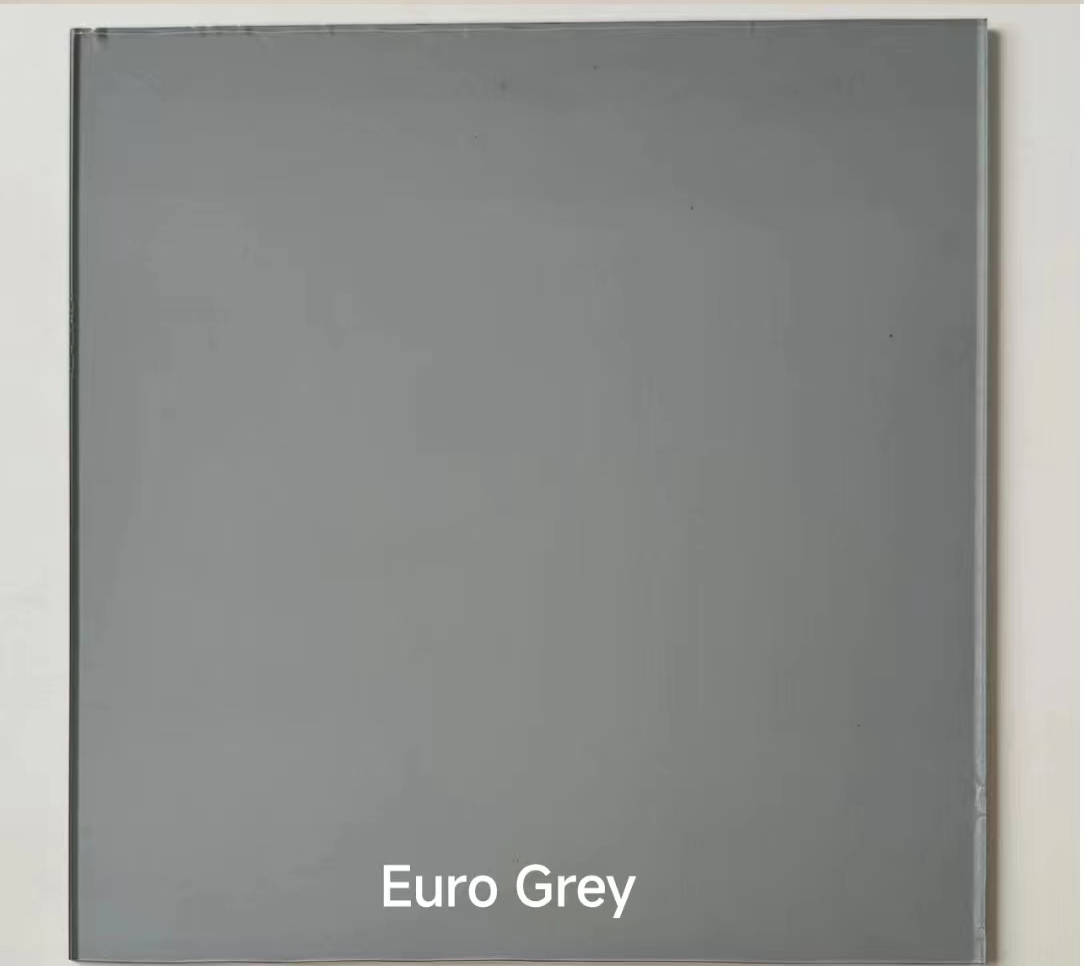

The Evolving Landscape of Glass Manufacturers
Glass manufacturing is a fascinating sector that plays a pivotal role in various industries, from automotive to architecture, pharmaceuticals to consumer goods. As the demand for sustainable practices and innovative designs rises, glass manufacturers are adapting to meet contemporary challenges while staying at the forefront of technology.
The Historical Context
The art of glassmaking dates back to ancient civilizations, with the earliest known glass objects created around 2000 BC in Mesopotamia. Over centuries, the techniques evolved, and the Romans advanced glass technology significantly, establishing the foundation for modern glass production. Early glass was prized for its aesthetic qualities, but it was primarily handcrafted. The industrial revolution marked a turning point as mechanization introduced mass production, making glass more accessible to the general public.
Modern Glass Manufacturing Techniques
Today, glass manufacturers employ various techniques and technologies to produce different types of glass. The three main categories of glass include soda-lime glass, borosilicate glass, and lead glass, each having distinct properties and uses. Soda-lime glass, the most common type, is used for ordinary windows and bottles. Borosilicate glass, known for its thermal resistance, is popular in laboratory equipment and kitchenware. Lead glass, appreciated for its brilliance and weight, finds its place in fine glassware and optical applications.
Innovations in manufacturing processes, such as float glass technology and glass tempering, have significantly improved the quality and capabilities of glass products. Float glass is produced by floating molten glass on molten tin, resulting in a smooth and uniform surface, ideal for windows. Tempering involves heating glass to high temperatures and then cooling it rapidly, enhancing its strength and safety for various architecture-related applications.
Sustainability and Environmental Impact
As global awareness of environmental issues grows, glass manufacturers are increasingly focused on sustainability. Glass is 100% recyclable, and its recycling process requires significantly less energy compared to producing new glass from raw materials. This recyclability positions glass as a preferred choice in eco-friendly packaging and construction.

Many manufacturers are investing in technologies to reduce their carbon footprint. Using renewable energy sources, optimizing production processes, and sourcing raw materials responsibly are just a few strategies being adopted. Moreover, advancements in creating lighter and more durable glass can also contribute to energy savings in transportation and construction, promoting a greener future.
Technology and Innovation
The advent of smart glass technology marks a transformative phase in the industry. Smart glass, which can change its light transmission properties based on electrical signals, is becoming increasingly popular in commercial and residential applications. This technology allows buildings to manage heat and light more efficiently, resulting in energy savings and enhanced comfort for occupants.
Manufacturers are also exploring the integration of glass with other materials. Composite materials that combine glass fibers with plastics are gaining traction in the automotive sector, where lightweight yet durable materials are crucial for improving fuel efficiency. This trend demonstrates the versatility and adaptability of glass in today's market.
Challenges and Future Directions
Despite its many advantages, the glass manufacturing industry faces several challenges. The high energy consumption associated with glass melting processes raises concerns about costs and environmental impact. Manufacturers are continuously looking for ways to improve energy efficiency while maintaining quality and output.
The future of glass manufacturing appears promising, driven by innovation, sustainability, and the ever-evolving needs of consumers. As architects and designers seek more unique and functional glass products, manufacturers will be challenged to push the boundaries of what glass can achieve.
In conclusion, glass manufacturers are at a crossroads where tradition meets innovation. Their ability to adapt to changing market demands, embrace technology, and prioritize sustainability will determine their success in a rapidly evolving landscape. Whether through the production of everyday items or cutting-edge smart glass technology, the impact of glassmakers on our lives and environments is undoubtedly profound. As we move forward, the glass industry will continue to be a testament to human ingenuity and creativity.